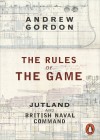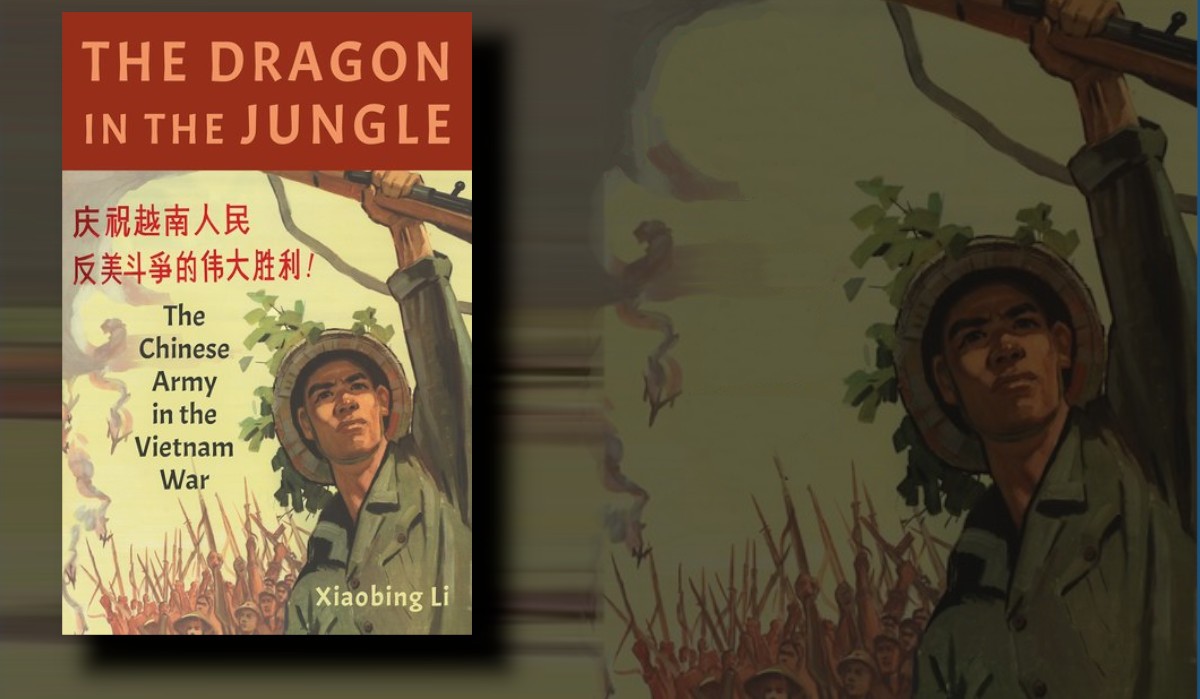Jutland and British Naval Command
Penguin, 2015, 720 pp
ISBN: 9780141980331
Author: Andrew Gordon
Reviewer: James Davis
Note from the Director, Australian Army Research Centre: With the release of the 2025 Chief of Professional Army Study Guide, now is an opportune time for Defence’s senior leaders to reflect on the books within that Guide which have had the greatest impact upon their development as military professionals. I would like to express my sincere gratitude to BRIG James Davis for volunteering the first such review, and I look forward to other senior leaders within Defence contributing their own such reflections.
In 2015 I hosted General James Mattis when he visited the 3rd Brigade in Townsville. At the time, I thought I was well read (I wasn’t). Within minutes of meeting, General Mattis spoke about Rules of the Game by Andrew Gordon. I had not read it, or even heard of it. This was bad. In his presentation to the Brigade, Mattis again spoke of the book and its impact on him. I resolved to get a copy. Ordering online, the search engines steered me to a book with the same title on a very different topic – potential buyers be warned.
My copy duly arrived, and made a pleasing thud when dropped on the kitchen bench. A few days later I knew what Mattis was talking about. Rules of the Game is profound. Gordon notes that the book’s basic import is in its examination of the Royal Navy’s journey from “oak and canvas” to “steel and turbines” and how it’s “once clear, empiricist understanding of product (naval fighting power) was “pilfered by the vested interests of process.” Most importantly the book describes how “symptoms and costs of this felony” came home to roost in 1916 at the Battle of Jutland.[1]
There are three reasons why Rules of the Game is the best book I have read. First, the 28 syndromes. Gordon describes 28 syndromes that afflicted the Royal Navy in the 50 years of relative peace during the force’s transition from oak to steel, and how they influenced the outcome at Jutland. These cover the role and importance of doctrine, the impact of technology on command and the role that status and hierarchy play in martial hierarchies. I won’t explore any in depth here as to pick one or two would unfairly malign those I didn’t cover. Any current or past serving officer will recognise that most, or all, of the syndromes are alive, well, or even thriving in the Australian Defence Force. Battle is the final arbiter of all military endeavours. Jutland determined that much of the Royal Navy’s work in the preceding years was wasted, misguided or weakly executed.
The second reason is Gordon’s analysis of the battle. Maybe you don’t want to learn about Victorian society and how that shaped the way the Royal Navy did business, that’s okay. You should, however, want to learn about war at sea. High speed and high stakes, throughout history national fortunes have shifted quickly when ships fight. The strength of so much fighting power on single platforms can flywheel dramatically in reverse when salvos find their targets. The descriptions of the Battle of Jutland still cause me to draw breath, no matter that I have read them many times before. The following is but one example of the lucid and evocative prose that transports the reader to 1916:
Bearing down on them was another huge ship, a vision from Hell: ‘a mass of fire from foremast to mainmast, on deck and between decks, flames were issuing out of her from every corner. She missed Spitfire (A Royal Navy ship) by a few feet and tore past with a roar like a motor running up a hill in low gear, and the very crackling and heat of the flames could be heard and felt.’[2]
Third is the author’s exploration of the interplay between technology, tactics, and training. Preparing forces to win battles requires continuous individual and collective stimulation of these factors. Militaries need mechanisms to do this. Leaders must contest the balance between the relevant factors. Finding this balance will almost certainly result in conflict between what Gordon terms as ‘regulators’ and ‘rat catchers’.[3] His masterful description of this conflict and institutional lethargy is essential reading for those of us trying to help win battles from our desks. Seeing a long view of another service will also help Australian Army officers contextualise the Chief of Army’s review of the Army profession.
Since 2016, I have purchased 80 or so copies of Rules of the Game and dispensed them to subordinates. Occasionally it briefly occurs to me that not all who received the book are as zealous about it as I am. I think Gordon’s work is comprehensive, to others it may be dense – to me it is expansive, to others it may be rambling. This doesn’t concern me. This book is a masterful reminder that battle is the centre of our profession. I give Rules of the Game to others because I have a professional obligation to pass this reminder on. You should read it, however long and dense, because you have an obligation to hear the reminder.
Finally, Rules of the Game is one of the ‘Strategy and Doctrine’ extended readings within the Chief of Army Professional Study Guide. I look forward to other senior leaders writing their own reviews of books in that guide.
Endnotes
[1] Andrew Gordon, Rules of the Game: Jutland and British Naval Command (Penguin, 2015), 576.
[2] Gordon, Rules of the Game, 482-83.
[3] For an analysis of the ‘rat catcher’ vs. regulators dichotomy in Rules of the Game, see: Rob Lynch, ‘Rat Catcher vs Regulators – The Risk of an Overregulated Defence Force,’ The Cove, 2 May 2025.



